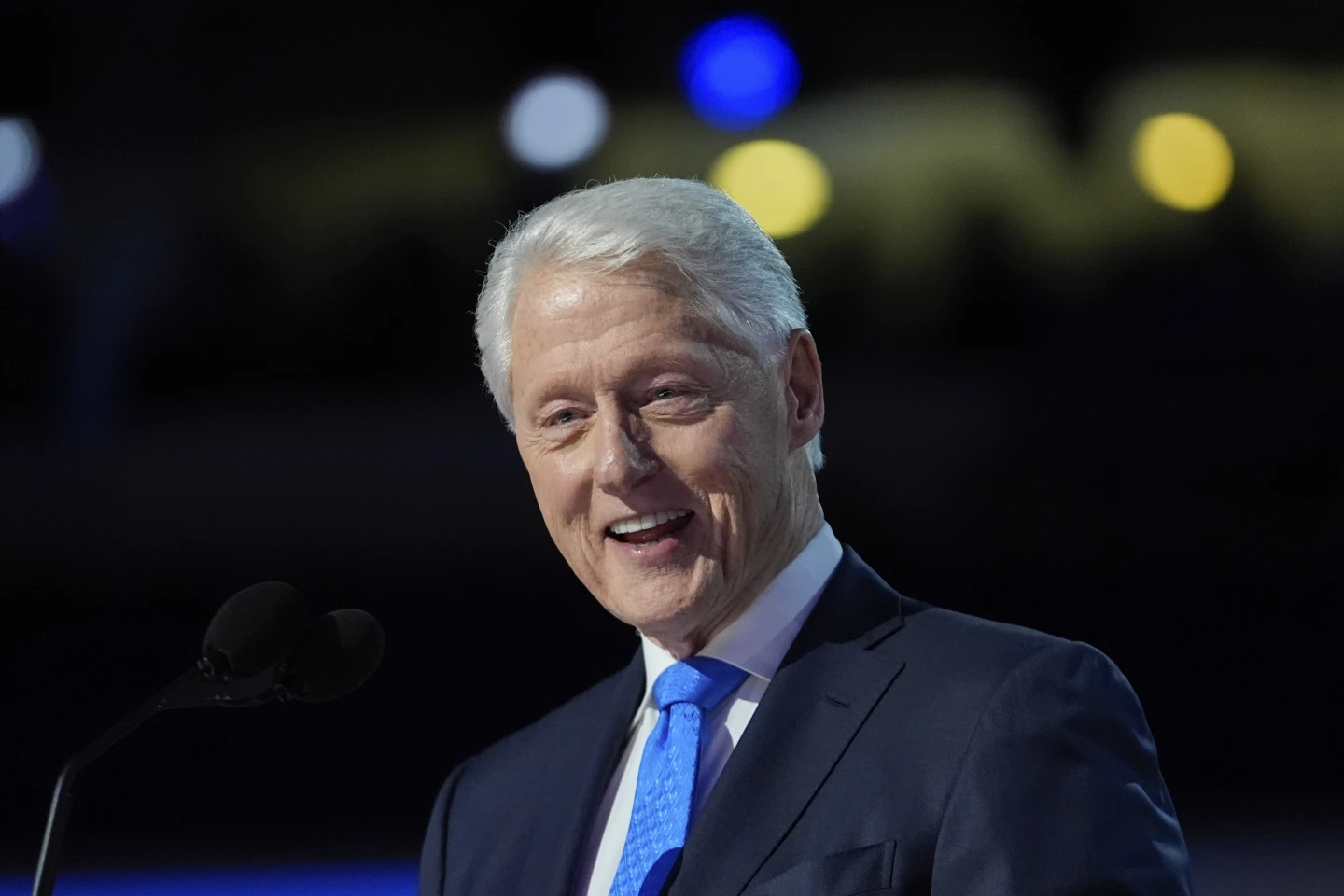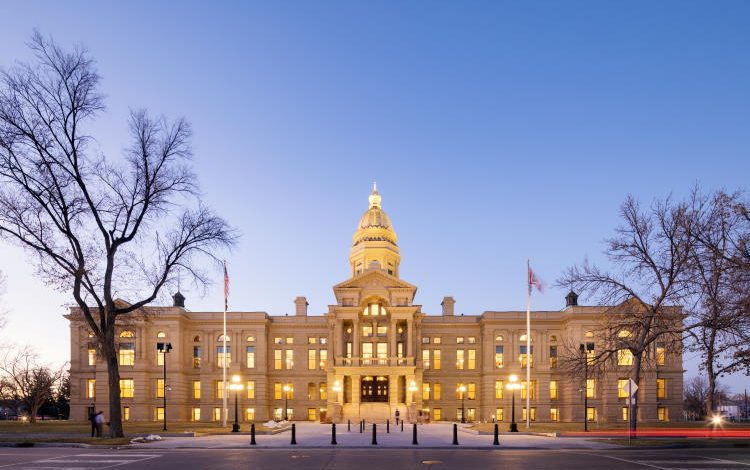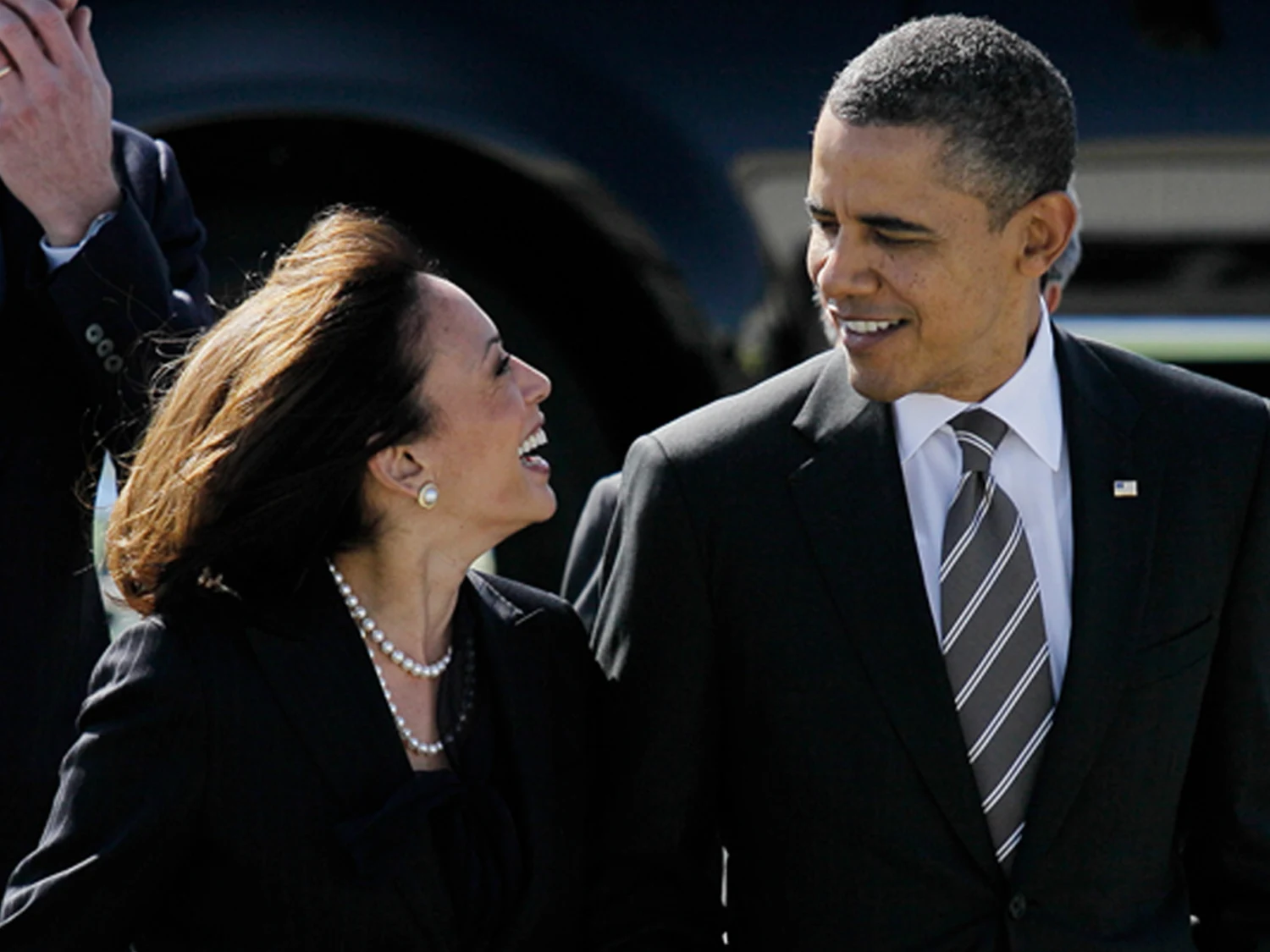In preparation for the 2025 legislative session, Wyoming lawmakers have an additional $173.5 million available for the state’s supplemental budget, according to a recent report from the Consensus Revenue Estimating Group (CREG), Gillette News Record reports.
This amount marks a notable increase from the $105.6 million remaining after the 2024 budget session, providing legislators with more flexibility in addressing key issues.
The Joint Appropriations Committee (JAC) discussed options for these funds, considering proposals like property tax relief and increased teacher salaries, as well as the possibility of reserving the funds for future needs. Additionally, a clause in the 2024 budget bill grants Wyoming’s governor the authority to allocate an extra $100 million if certain conditions, such as economic shifts or budgetary needs, warrant its use.
CREG’s report also pointed to a rise in the state’s Legislative Stabilization Reserve Account (LSRA), Wyoming’s primary “rainy day” fund, which grew by $122 million by the end of fiscal year 2024. Currently valued at approximately $1.5 billion, projections indicate that the LSRA could approach $2 billion by mid-2026 under ideal conditions. However, CREG co-chair Don Richards noted the assumptions underlying this estimate include no further spending and fully accurate forecasts, which, he acknowledged, may be challenging to maintain.
While Wyoming’s fiscal safety net appears strong, a significant portion of the LSRA is pre-allocated by statute. For instance, around $500 million is reserved as a financial backstop for education, with an additional $500 million set aside for loan guarantees, meaning that only a fraction of the reserve remains truly unrestricted.
The state’s revenue mix has undergone significant changes as mineral production, especially coal, has declined. Wyoming coal shipments are expected to drop below 200 million tons this year for the first time in three decades, an outcome driven by both economic and environmental factors. Richards noted, however, that the decline in coal is partially offset by rising production of oil and natural gas, both of which have increased by around 10% year over year.
Despite these increases, the state’s reliance on oil—a more volatile resource than coal—raises financial risk. A CREG adjustment in oil price predictions, lowering projections by $5 per barrel, exemplifies the sensitivity of Wyoming’s budget to oil price fluctuations. Richards explained that each $5 variation in oil prices could impact the state’s general fund and School Foundation Program by as much as $50 million annually.
Trona and uranium, two other minerals produced in Wyoming, have seen some positive developments that offer potential future revenue growth. Although these resources do not match coal, oil, or gas in economic output, increased production in these sectors provides additional income diversification.
A recent slowdown in sales and use tax revenue has been attributed to moderating inflation and decreased purchases within the mineral sector. After a period of heightened spending during the pandemic recovery, Wyoming’s sales tax revenue fell short of forecasts by $4.8 million, indicating a shift in spending patterns from the mineral industry to retail sectors.
The diversity in Wyoming’s economy, once heavily reliant on coal, has steadily increased. A decade ago, federal mineral royalties and severance taxes comprised nearly 60% of Wyoming’s general fund and Budget Reserve Account (BRA). In 2024, however, these mineral revenues accounted for just 28% of the state’s budget. This shift reflects Wyoming’s broader economic restructuring toward investments, hospitality, and other sectors as part of its tax revenue base.
As Wyoming’s legislature considers the supplemental budget for 2025, lawmakers will have to balance immediate fiscal priorities against long-term financial stability. With a portion of Wyoming’s reserves already pre-committed and the unpredictability of energy prices, policymakers face the dual challenge of sustaining public services while also navigating an evolving economic landscape.









